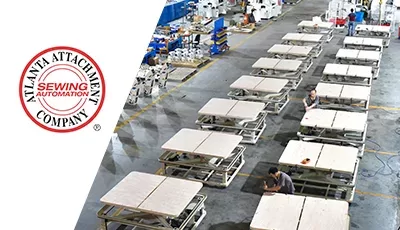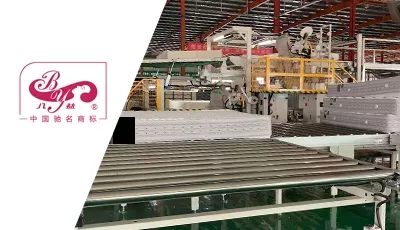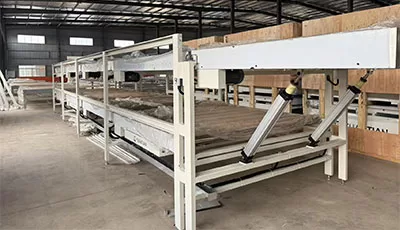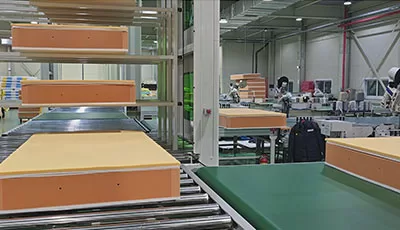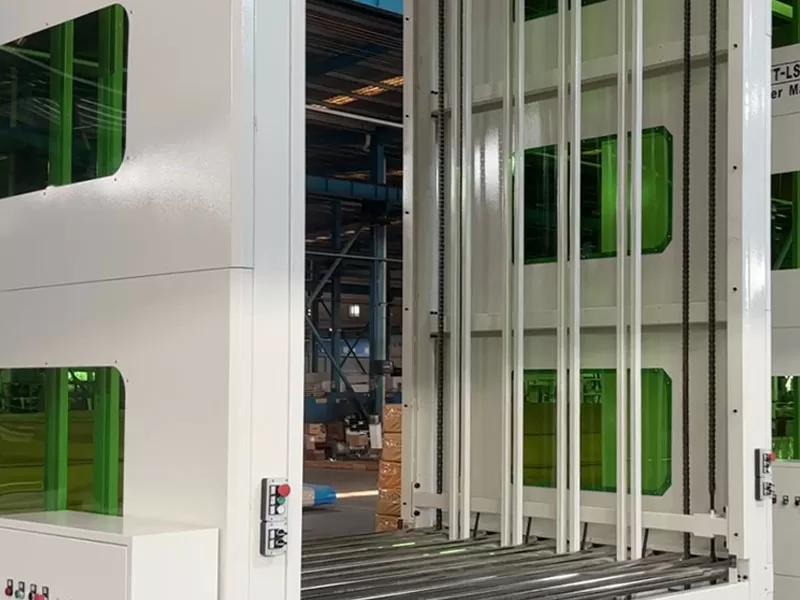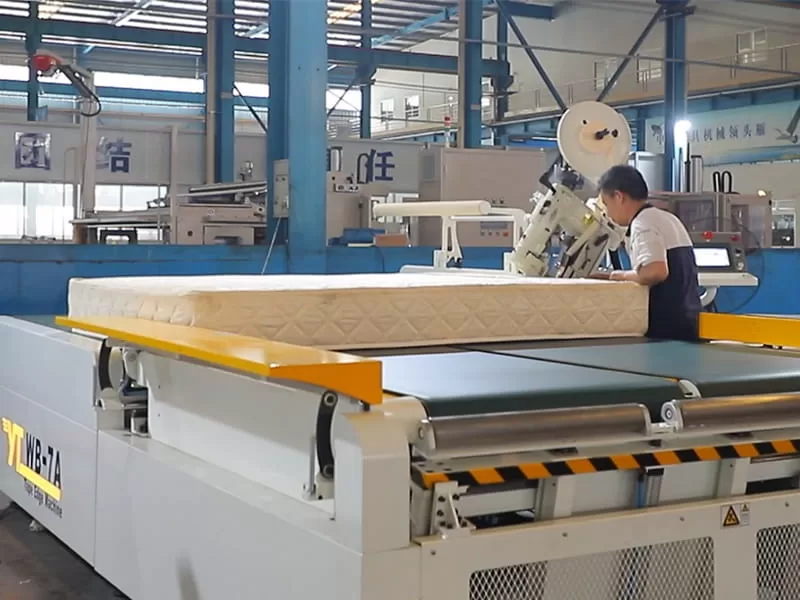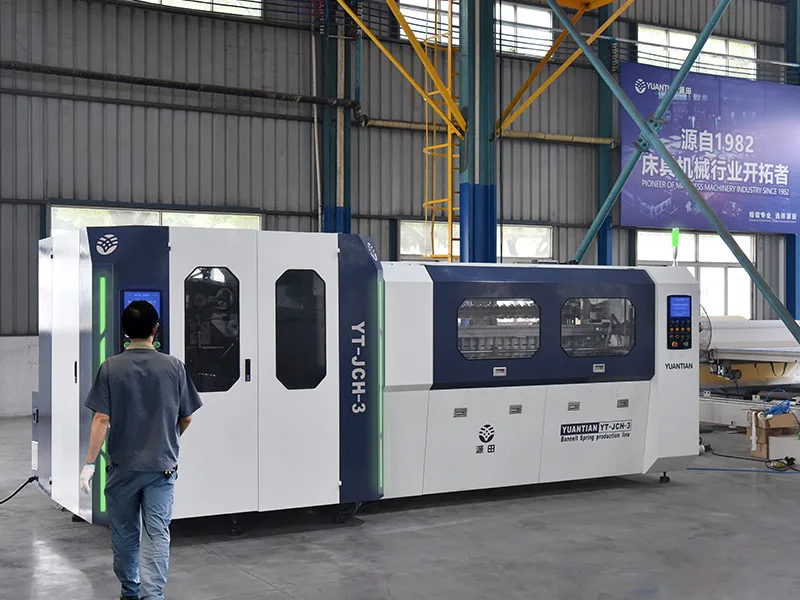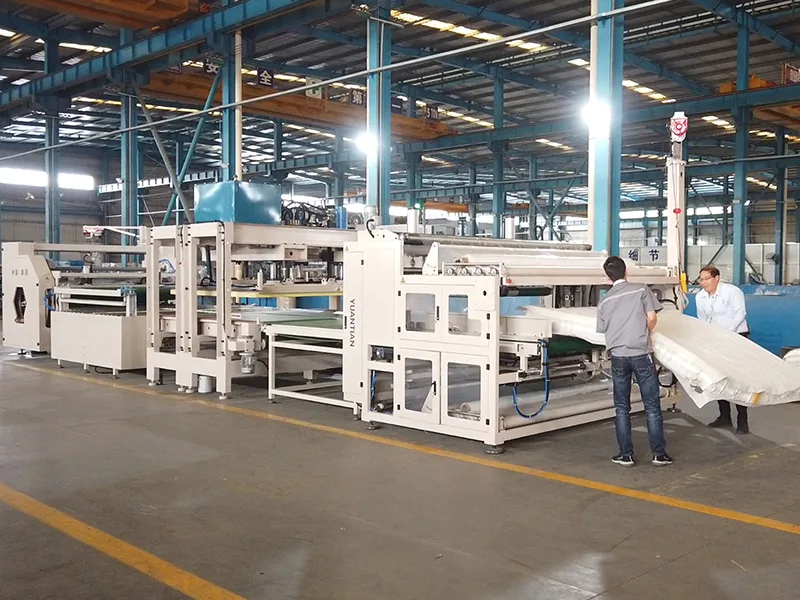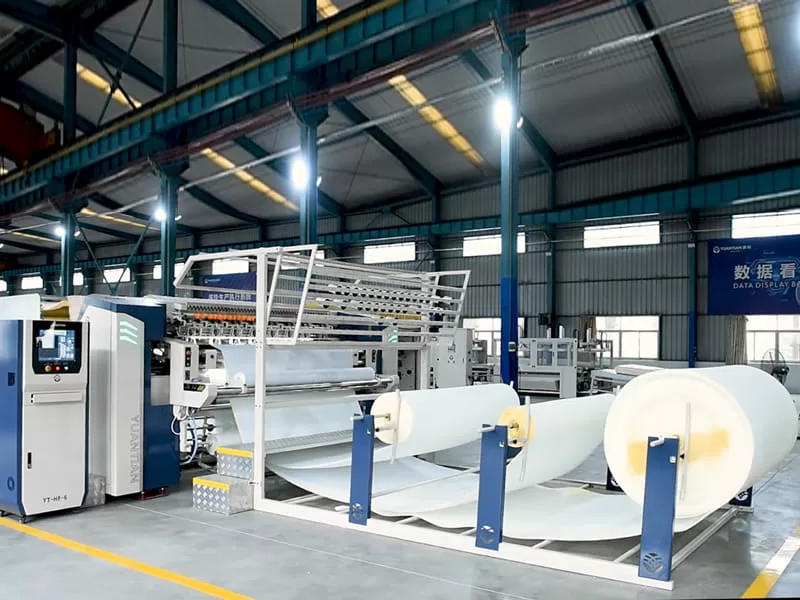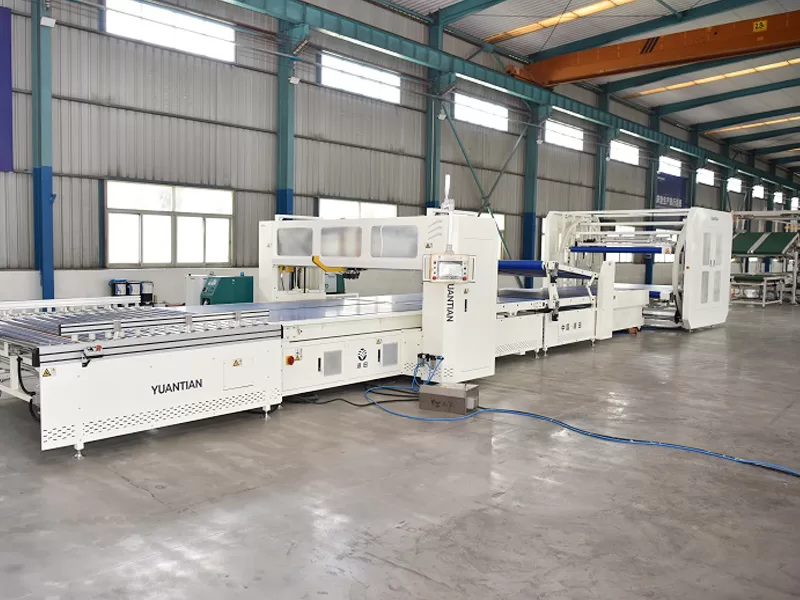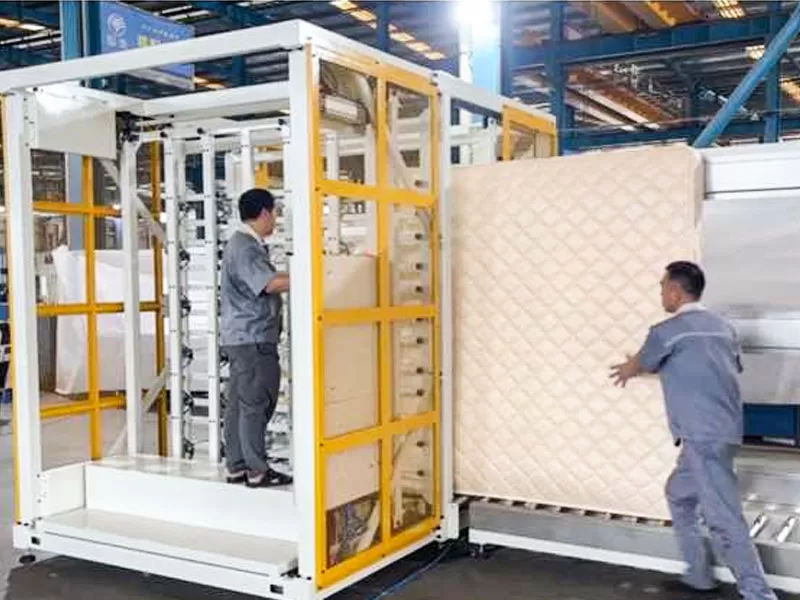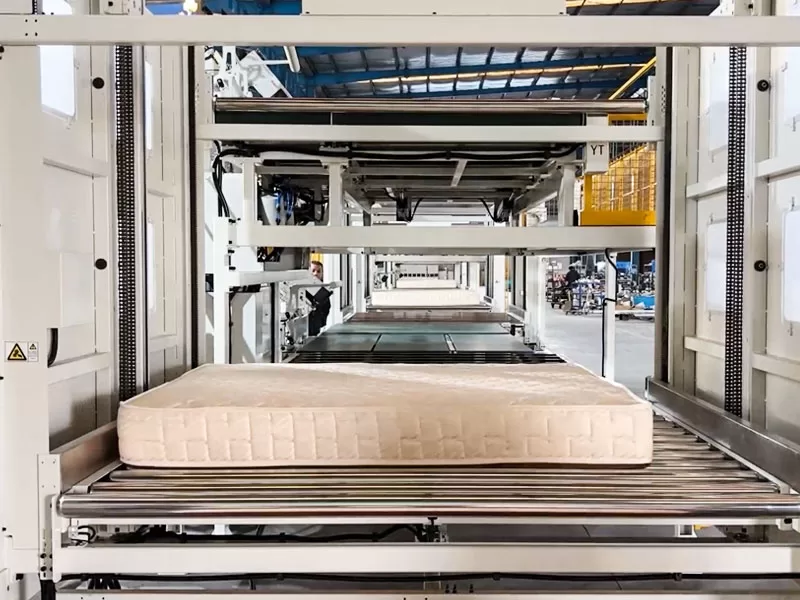
Earlier, people used traditional cutting tools like scissors to cut cloth. Over time, the situation changed and the need for modern cutting machines increased. But if we talk about fabric cutting, it’s completely different. In order to cut fabrics of different shapes and sizes, it is necessary to have a machine with a sharp blade. Whether you are a tailor running a shop or working in a garment manufacturing company, if you are serious about sewing and looking for affordable fabric cutting options, then you need a fabric cutting machine. In the fast-paced world of textile manufacturing, precision and efficiency are paramount. The fabric cutting machine, a technological marvel, has become an indispensable tool in this industry, changing the landscape of fabric cutting processes.
Use of Fabric Cutting Machine
The use of fabric cutting machines has revolutionized the textile industry by introducing efficiency, precision, and versatility into the fabric cutting process. These machines find applications in various industries, such as fashion, automotive, aerospace, and interior design. In the fashion industry, fabric cutting machines are essential for efficiently cutting fabric pieces for clothing, ensuring precision and consistency. They are used to cut a wide range of textiles, including woven, knitted, and non-woven fabrics. Fabric cutting machines are employed for cutting fabric rolls into panels and pieces for textile and garment manufacturing. They allow for bulk cutting of fabric layers simultaneously, improving production speed.
In the creation of clothing patterns, these machines can cut paper patterns with high accuracy. This is particularly useful for sample making and prototyping. In product development and prototyping, these machines are used to cut fabric samples quickly and accurately, allowing designers to evaluate designs before full-scale production. Beyond textiles, these machines are used for cutting materials like foam, rubber, and composite materials for various applications, including insulation, automotive parts, and packaging. fabric cutting machines have a wide range of applications in numerous industries, from traditional fashion and textile manufacturing to cutting-edge aerospace and automotive sectors. Their use not only enhances efficiency and precision but also facilitates customization, innovation, and sustainable manufacturing practices. As technology continues to advance, the applications and uses of fabric cutting machines will likely expand further, contributing to the growth and evolution of these industries.
Types of Fabric Cutting Machines
1. Semi-automatic Mattress Fabric Stacker YT-BD-1
Yuantian semi-automatic mattress fabric stacker is a specialized piece of equipment used in the mattress manufacturing industry to streamline the process of handling and organizing layers of fabric, foam, or other materials used in mattress production. This machine offers a semi-automated solution, reducing manual labor while maintaining a high degree of control over the stacking process.

Features of Semi-Automatic Mattress Fabric Stacker:
Adjustable Stacking Platform: The machine typically comes with a movable platform that can be adjusted to accommodate various mattress sizes and thicknesses. This versatility is crucial in the mattress manufacturing industry, where products come in various dimensions.
Conveyor System: The stacker is often equipped with a conveyor system that facilitates the transfer of mattress components from one station to another. This automation reduces the need for manual handling and speeds up the process.
Sensor-Based Control: Most semi-automatic stackers are integrated with sensors that help detect the presence and position of mattress components. This ensures precise stacking and minimizes the risk of errors.
Stacking Sequence Control: Operators can control the stacking sequence, which is essential for ensuring that different layers of materials are arranged in the correct order and orientation, as specified in the mattress design.
Operator-Friendly Interface: The machine typically features a user-friendly interface that allows operators to input mattress specifications, adjust settings, and monitor the stacking process. This ensures ease of operation and reduces the chance of human error.
Safety Features: Safety is a paramount concern in any manufacturing environment. These machines are equipped with safety features such as emergency stop buttons and safety barriers to protect operators from potential hazards.
Benefits
By automating the stacking process, a semi-automatic fabric stacker significantly increases productivity. It reduces the need for manual labor and speeds up mattress component assembly. The machine ensures that mattress components are stacked with precision, maintaining the desired sequence and orientation, leading to consistent product quality. The adjustable platform and control over the stacking sequence make the machine adaptable to a range of mattress types, sizes, and designs. Safety features minimize the risk of accidents, ensuring a safer working environment for operators. By automating a labor-intensive part of the mattress manufacturing process, manufacturers can reduce labor costs and allocate workers to more skilled tasks.
2. Automatic Fabric Cutting and Flanging Machine YT-CS-1
The textile industry has undergone significant advancements in recent years, leading to more efficient and precise manufacturing processes. Among these innovations, the Automatic Fabric Cutting and Flanging Machine has emerged as a game-changer. Yuantian Automatic Fabric Cutting and Flanging Machine is a sophisticated piece of equipment designed to automate and streamline the fabric preparation process. Its primary functions include precisely cutting fabric rolls and simultaneously flanging the cut edges. Flanging refers to the process of folding and securing the edges of fabric rolls, which is crucial for neatly organizing the materials before further processing.

Key Features and Functions
Automated Cutting: The machine is equipped with a cutting mechanism, which can be adjusted to accommodate various fabric widths. This automation ensures consistent and accurate cuts, eliminating the inconsistencies that can occur with manual cutting methods.
Flanging Capability: The real innovation lies in the machine’s ability to flange fabric rolls as they are cut. This flanging process neatly folds and secures the edges, preventing fraying and making the fabric more manageable in subsequent manufacturing steps.
Customizable Settings: Operators can adjust cutting lengths and flanging widths to meet the specific requirements of their manufacturing processes. This customization ensures versatility in handling various fabric types and product designs.
Control Panel: The machine features an intuitive control panel that allows operators to set cutting and flanging parameters easily. This user-friendly interface enhances operational efficiency and reduces the learning curve for machine operators.
High Precision: The automatic cutting and flanging process ensures that fabric rolls are prepared with high precision, reducing material wastage and enhancing product quality.
Automating the fabric cutting and flanging process significantly reduces processing time and leads to increased productivity. The machine delivers consistent, precise cuts and flanging, eliminating the risk of human error and ensuring high-quality end products. The machine delivers consistent, precise cuts and flanging, eliminating the risk of human error and ensuring high-quality end products. By minimizing material wastage and optimizing labor, this machine helps reduce operational costs and improve profitability. Its introduction has brought automation, precision, and efficiency to the forefront of fabric preparation. The ability to combine cutting and flanging in a single step has streamlined the entire manufacturing process, making it more cost-effective and sustainable. As this technology continues to advance, its impact on the textile industry is expected to grow, further transforming the way fabrics are prepared for a wide range of applications.
3. Automatic Fabric Roll Slitting Machine YT-CJ-4
Yuantian Automatic Fabric Roll Slitting Machine YT-CJ-4 is a cutting-edge piece of equipment designed to automate the process of cutting wide fabric rolls into narrower strips with precision and efficiency. Whether it’s textile manufacturing, packaging, or any other industry requiring precise fabric cutting, the YT-CJ-4 offers an advanced solution.

Key Features and Functions
Automated Slitting: The machine is equipped with multiple circular blades that can be adjusted to accommodate different widths. This automation ensures consistent and accurate slitting, eliminating the variations that can occur with manual cutting methods.
High Cutting Speed: The YT-CJ-4 boasts impressive cutting speeds, making it suitable for large-scale manufacturing processes. The efficiency and speed of the machine contribute to enhanced productivity.
Customizable Settings: Operators can easily adjust the width and number of strips they want to create. This flexibility allows manufacturers to cater to specific product requirements and fabric types.
User-Friendly Interface: The machine features an intuitive control panel that allows operators to set parameters with ease. This user-friendly interface streamlines operation and minimizes the learning curve for machine operators.
Precision and Consistency: The automated cutting process ensures that fabric rolls are consistently slit with precision, reducing material wastage and enhancing product quality.
Benefits
Enhanced Efficiency: Automation of the fabric roll slitting process dramatically reduces processing time, resulting in increased production efficiency and a reduced margin for error.
Improved Precision: The machine delivers consistently accurate slitting, mitigating the risk of human error and ensuring high-quality end products.
Cost Savings: Through the minimization of material wastage and optimization of labor, the machine helps reduce operational costs, ultimately improving overall profitability.
Versatility: The machine’s customizable settings make it suitable for a wide array of fabric types and product specifications, offering manufacturers the flexibility to cater to diverse production requirements.
Elevated Product Quality: The machine’s precision and consistency contribute to superior product quality, bolstering a brand’s reputation and customer satisfaction.
Sustainability: The reduction in material wastage and efficient fabric handling align with sustainable manufacturing practices, reducing the environmental impact of production processes.
Impact on the Textile Industry
YUANTIAN Automatic Fabric Machine represents a groundbreaking advancement in the textile industry. By introducing automation and precision into the fabric roll slitting process, it has become an indispensable tool for modern textile manufacturing. It has streamlined and optimized the entire process, making it more efficient, cost-effective, and environmentally friendly. As technology continues to advance, the impact of our fabric cutting and roll machine on the textile industry is expected to grow, further transforming the way fabric rolls are prepared for a myriad of applications. It exemplifies the pivotal role that technology plays in reshaping and enhancing the textile manufacturing landscape.
Связанные с ними товары
